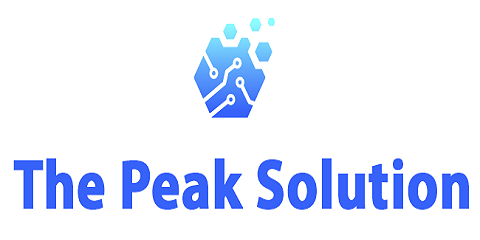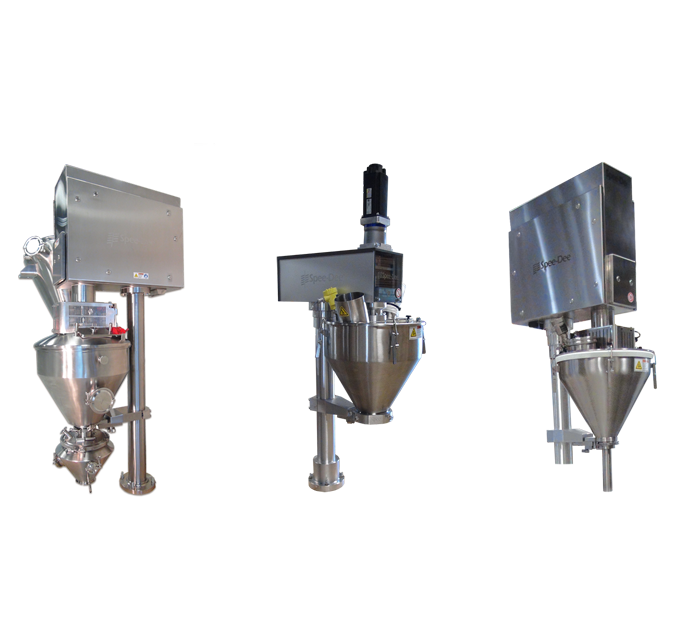In the fast-paced world of manufacturing and packaging, the efficiency of filling processes can make or break productivity. Imagine a bustling factory floor where precision and speed are paramount; this is where cup fillers and powder fillers shine. These machines not only enhance operational efficiency but also ensure that products are packaged accurately and consistently. Understanding the intricacies of cup fillers and powder fillers is essential for any business looking to optimize its packaging operations.
Understanding Cup Fillers
Cup fillers are specialized machines designed to fill containers, typically cups or jars, with a variety of liquid products. These machines operate by using a series of cups that pick up the product and dispense it into the intended container. The versatility of cup fillers allows them to handle a wide range of products, from sauces and dressings to shampoos and lotions. They are particularly beneficial for businesses that require high-speed filling without compromising on accuracy. This technology not only improves speed but also reduces waste, making it an invaluable asset in modern production lines.
The significance of cup fillers extends beyond mere efficiency. They play a crucial role in maintaining product integrity. By minimizing human interaction during the filling process, these machines help reduce the risk of contamination. This is particularly important in industries where hygiene is paramount, such as food and pharmaceuticals. Moreover, the automation provided by cup fillers allows manufacturers to scale operations easily, adapting to fluctuating market demands without sacrificing quality.
The Benefits of Cup Fillers in Various Industries
The application of cup fillers is widespread across different sectors. In the food industry, for instance, these machines ensure that sauces and liquids are dispensed uniformly, meeting both consumer expectations and regulatory standards. Similarly, in the cosmetics industry, cup fillers provide consistent measurements for lotions and creams, enhancing brand reliability. The ability to easily switch between products makes cup fillers a favorite among manufacturers seeking flexibility in their production lines.
Additionally, cup fillers can be customized to cater to specific product requirements. For example, certain models are designed to handle thicker products, while others are optimized for lighter liquids. This adaptability is crucial for businesses aiming to diversify their product offerings. As a result, investing in the right type of cup filler can significantly impact a company’s bottom line, providing both cost savings and improved customer satisfaction.
Exploring Powder Fillers
Switching gears, the discussion on filling technology would be incomplete without addressing powder fillers. These machines are essential for packaging dry products such as flour, sugar, and spices. Unlike their liquid counterparts, powder fillers have unique challenges, primarily due to the properties of powders. The flow characteristics, moisture content, and particle size can all affect the filling process. Therefore, understanding the nuances of powder fillers is vital for achieving optimal results.
The operation of powder fillers typically involves a hopper that holds the product, which is then dispensed into containers through a series of augers or vibratory feeders. This method ensures a precise and consistent fill every time. The automation of this process not only speeds up production but also minimizes human error, which is crucial in maintaining product quality. Companies that utilize powder fillers can expect fewer complaints and returns, which ultimately leads to enhanced customer loyalty.
Efficiency and Cost-Effectiveness of Powder Fillers
The rise of e-commerce and the demand for convenience have made efficient packaging solutions more important than ever. Powder fillers can significantly enhance a company’s operational efficiency by streamlining the packaging process. They allow for high-speed filling, which is essential in meeting the demands of a fast-paced market. Furthermore, these machines are designed to minimize waste, which translates to lower material costs and increased profitability.
In addition to their efficiency, powder fillers can be tailored to meet specific business needs. Features such as adjustable fill volumes and quick-change capabilities for different powder types make these machines highly versatile. This adaptability ensures that companies can respond swiftly to market changes, whether introducing new products or scaling back on existing ones. Investing in modern powder fillers can provide a competitive edge in a crowded marketplace.
Conclusion
As the demand for efficient packaging solutions continues to grow, understanding the roles of cup fillers and powder fillers becomes increasingly important. These machines not only enhance productivity but also ensure product quality and consistency across various industries. For businesses looking to optimize their packaging processes, exploring the latest technologies in filling equipment is crucial. For more information on filling solutions










